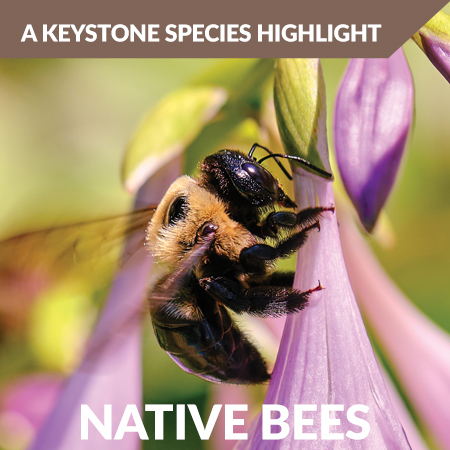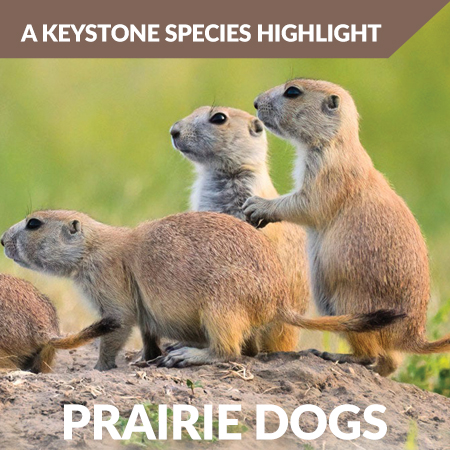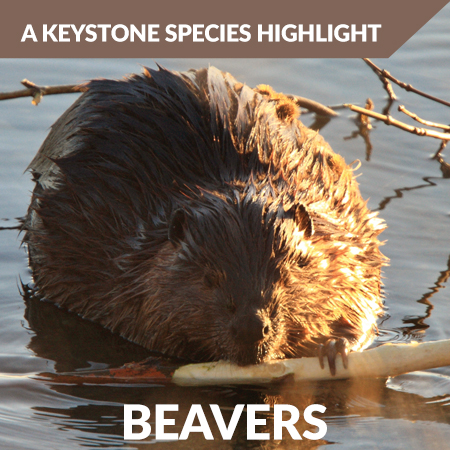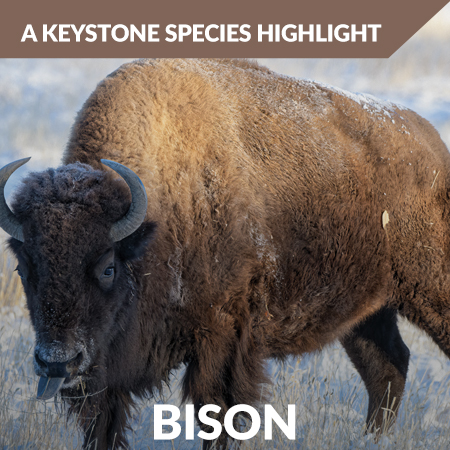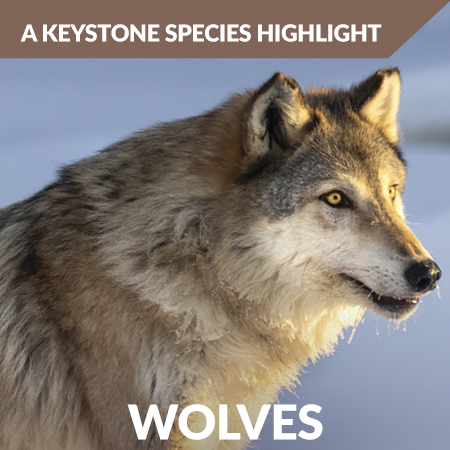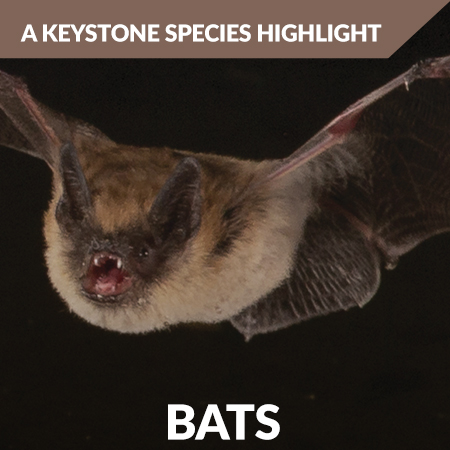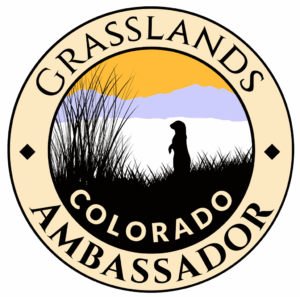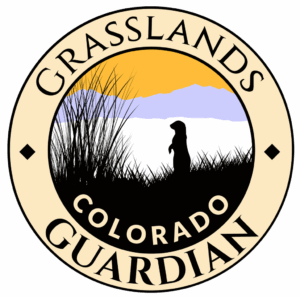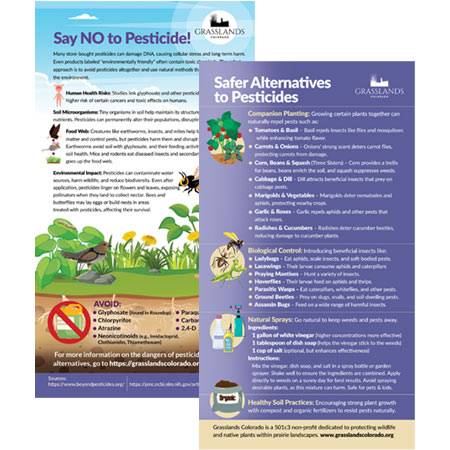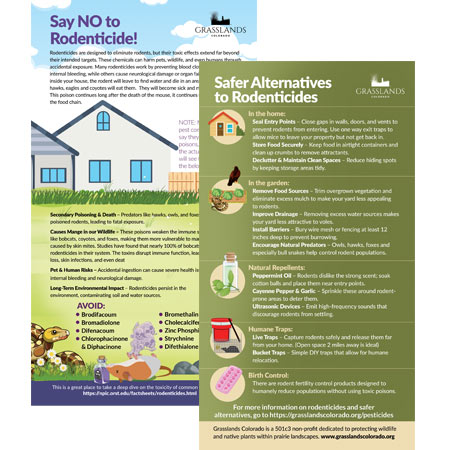Enter your text here...
about grasslands colorado

We work to...
Our Vision
At Grasslands Colorado, we envision a future where the endangered prairie ecosystem thrives through collaborative efforts with landowners. By recognizing keystone wildlife as valuable economic assets, our programs not only support biodiversity but also promote sustainable land health. Together, we are committed to safeguarding and maintaining these vital habitats for generations to come.
KEYSTONE GOAL 2025: SAVING 10 COLONIES FROM EXTINCTION
Just 1% of the habitat for Prairie Dogs is left
Grasslands Colorado is working with landowners to protect and preserve prairie dog colonies through grants and educational support. We have two programs available to landowners.
The Ambassador program is for landowners who strive to protect a portion of their land for biodiversity and need financial assistance / educational advisors to support their colony.
The Guardian program is for landowners who have an established prairie dog colony and are committed to biodiversity goals. We provide a one-time grant for their colony, in addition to highlight their colony on our website and promote their businesses.
say no to pesticides and rodenticides
Why does it make a difference to the wildlife?
Many store-bought pesticides can damage DNA, causing cellular stress and long-term harm. Even products labeled "environmentally friendly" often contain toxic chemicals. The safest approach is to avoid pesticides altogether and use natural methods that protect wildlife and the environment.
- Human Health Risks: Studies link glyphosate and other pesticides to a 40% higher risk of certain cancers and toxic effects on humans.
- Soil Microorganisms: Tiny organisms in soil help maintain its structure and recycle nutrients. Pesticides can permanently alter their populations, disrupting ecosystems.
- Food Web: Creatures like earthworms, insects, and mites help break down organic matter and control pests, but pesticides harm them and disrupt their metabolism. Earthworms avoid soil with glyphosate, and their feeding activity drops, affecting soil health. Mice and rodents eat diseased insects and secondary exposure goes up the food web.
- Environmental Impact: Pesticides can contaminate water sources, harm wildlife, and reduce biodiversity. Even after application, pesticides linger on flowers and leaves, exposing pollinators when they land to collect nectar. Bees and butterflies may lay eggs or build nests in areas treated with pesticides, affecting their survival.
Household use of rodenticide is decimating our birds of prey and small predator populations.
Rodenticides are designed to eliminate rodents, but their toxic effects extend far beyond their intended targets. These chemicals can harm pets, wildlife, and even humans through accidental exposure. Many rodenticides work by preventing blood clotting, leading to internal bleeding, while others cause neurological damage or organ failure. If you use them inside your house, the rodent will leave to find water and die in an area where foxes, hawks, eagles and coyotes will eat them. They will become sick and many die. This poison continues long after the death of the mouse, it continues up the food chain.
- Secondary Poisoning & Death – Predators like hawks, owls, and foxes can ingest poisoned rodents, leading to fatal exposure.
- Causes Mange in our Wildlife – These poisons weaken the immune systems of predators like bobcats, coyotes, and foxes, making them more vulnerable to mange, a disease caused by skin mites. Studies have found that nearly 100% of bobcats with mange had rodenticides in their system. The toxins disrupt immune function, leading to severe hair loss, skin infections, and even death.
- Pet & Human Risks – Accidental ingestion can cause severe health issues, including
- Long-Term Environmental Impact – Rodenticides persist in the environment, contaminating soil and water sources.



